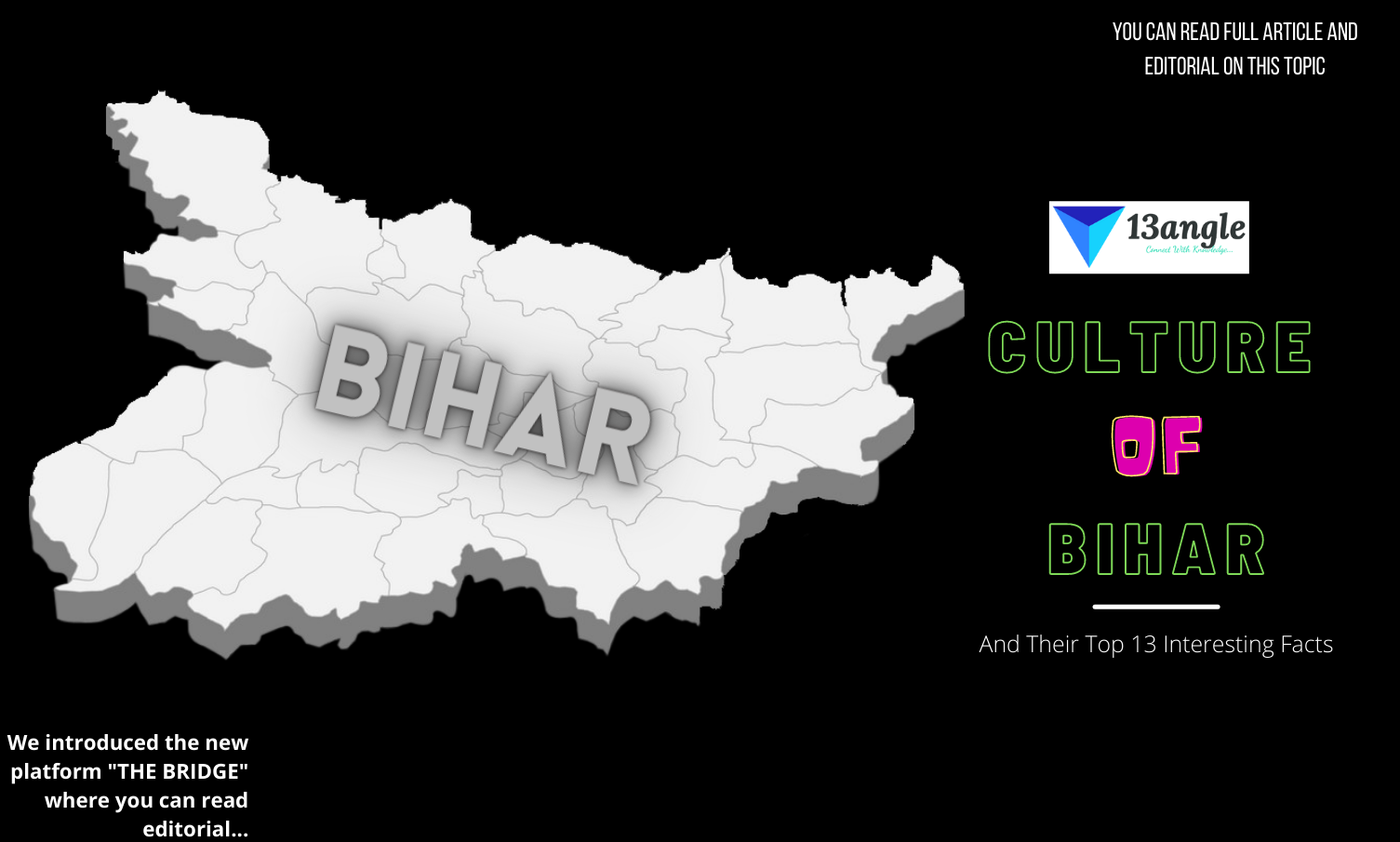- Umang Sagar
- Place, Recent article
Culture Of Bihar
The Glorious Past
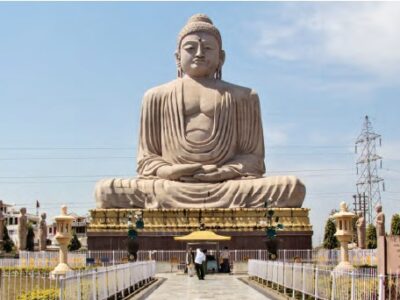
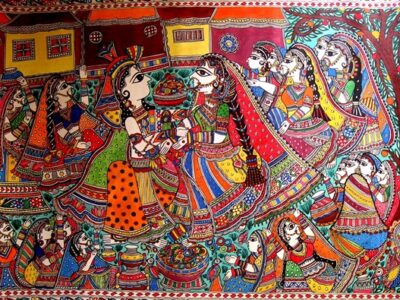
- Bihar has a rich cultural background where the predominant themes are from the myths and legends of Hinduism. The Hindu deities, Lord Rama and His consort, Sita, and Lord Shiva and His consort, Parvati, form the main theme of folk arts. Bihar, a land of many Buddhist Monasteries is also known as ‘The Land of Buddha’. Also the land of knowledge, as they say, Bihar, is one the 28 states in India that finds its roots dated back to 13th century AD through a book named Tabaqat-i-Nasiri, a medieval text by Minhaj-i-Siraj. Ever since the land got confiscated by several great rulers it has been famously mentioned in texts and manuscript from Vedas to Upanishads including the Shatapatha Brahmana.
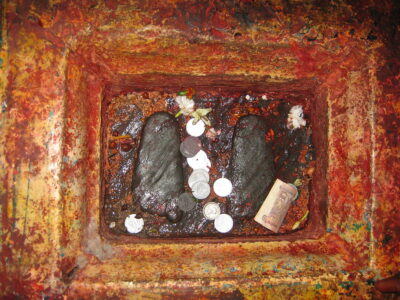
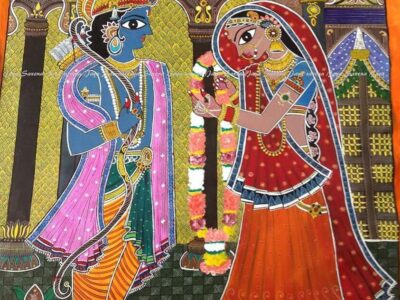
- Famous personalities from the state had upheld its pride and fame to the pinnacle. Mahaveer Swami, the founder of Jainism was born in Kundagram, Vaishali. Lord Buddha found enlightenment under a Bodhi tree in Gaya, Bihar. Ajatshatru from the Hariyak dynasty was a very famous ruler from Bihar. Similarly, Mahapadma Nanda, Chandragupta Maurya, Ashoka are a few famed rulers who have immortaled Bihar in the books of golden history of India. Chanakya, the great Indian philosopher and political thinker also hailed from the land of Padini, the writer of Ashtadhyayi. Chandragupta l, Samudragupta I, Aryabhatt and Shantirachit were a few patrons of learning that came from this rich soil. Numerous such stories are embedded in the rich and glorious past of this golden land. Existence of the land, now known as Bihar, finds evidence since the stone age from Bhimband, Munger. Some remains found in Munger hint towards mid-stone age. The evidences of Neolithic age in Bihar was found in chirand in saharan district and chichar in vaishali district. The rigveda has mentions of Bihar as Kikat and Bradh name for Bihar. Gaya is the place of asura, gayasur. Athrav veda mentions about the Mahajanapada Kal where Magadh name has been used for the first time. Magadh has geographical protections for the fort by Rajgir Hills. Anga dynasty capital Champa lies in present day Bhagalpur, Munger.
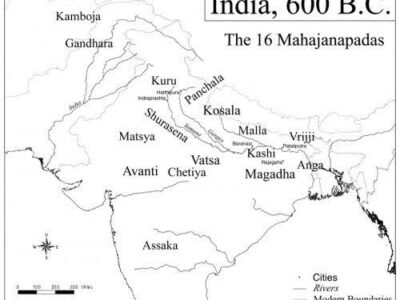
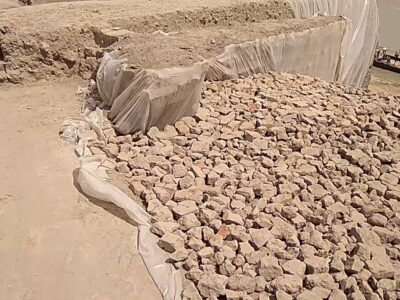
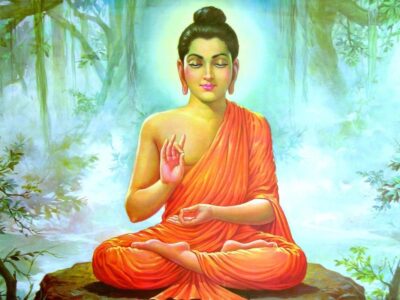
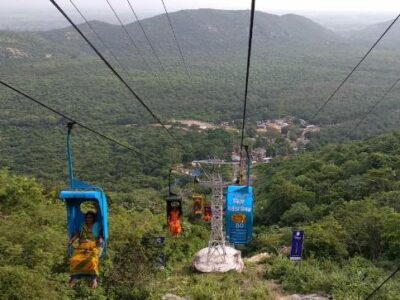
- World’s first democratic republic organisation at Vaishali Bihar by Lacchivi. Hariyak dynasty ruler Bimbisar came into matrimonial alliances established Magadh Empire after which Sisunag dynasty, nand dynasty and Maurya dynasty followed. The first Buddhist council was held in Rajgir under the leadership of a Ajatshatru and convened by mahakashyap. The second Buddhist council held at the time of kalashoka convened by Sivakami at Vaishali. The third Buddhist council took place under the leadership of Ashok at Patliputra by Mugaltisputh. During the Mahapadma Nanda, Bihar was the richest and most powerful Empire. Chandragupta Maurya ended Nand Vansh. In Patliputra, Kumhara there is a wooden palace of Chandragupta Maurya. Autobiography of Ashok, Maski, tells about himself mentioning as the ruler of the greatest empire. Ruler Mahesh Thakur established Darbhanga Empire. Kumar Gupta established Nalanda University. Pal Emperor, Dharampal established Vikramshila University in Bhagalpur district. Turk Bakhtiyar Khilji demolished in Nalanda and Vikramshila educational universities. Akbar, in 1576 mixed Bihar into Bengal. Shershah Suri established Patna at the bank of Ganga River in place of Patliputra.


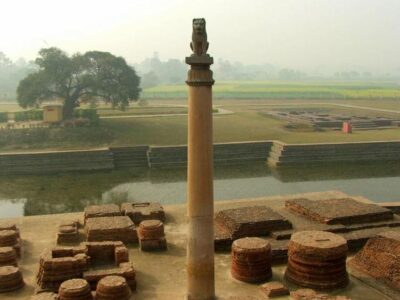
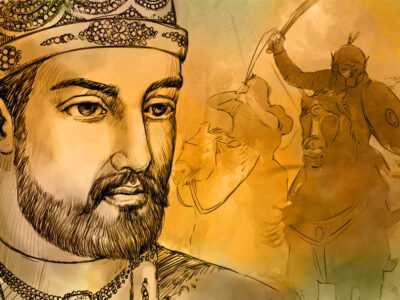
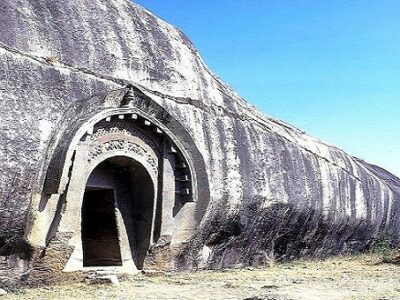
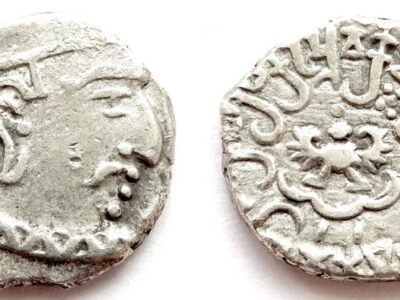
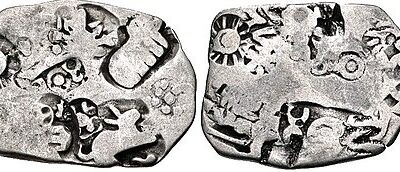
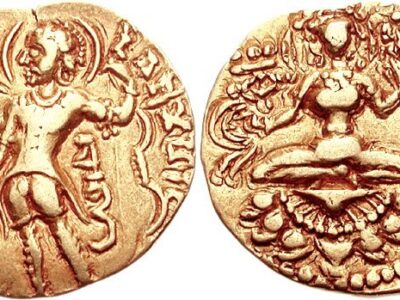
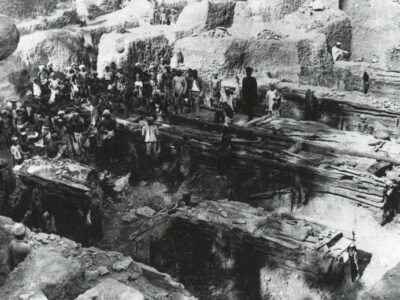
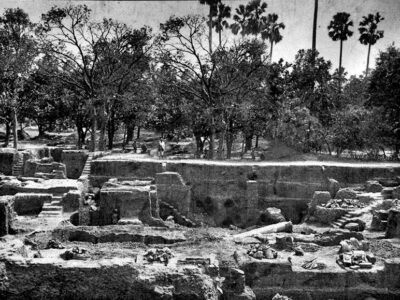
- On 12th August 1765, Shah Alam gave the Diwani of Bengal, Bihar and Orissa to Britishers. Robert Clive appointed Sitab rai as the diwani of Bihar. Wahabi Movement came in the spotlight around 1830 at Patna that brought about Muslim reform movement . In the 1857 revolt, Babu Kunwar Singh, Deepnarayan Singh, JP Narayan and Babu Maheshwar das Prasad led the people of Bihar in the freedom struggle. Sanyasi Revolt in 1763 was the first revolt against britishers originated from Bihar on pilgrimage taxation. Rajkumar Shukla, a farmer’s leader played prominent role in calling Mahatma Gandhi to Champaran where he started civil disobedience movement along with boycott and Swadeshi as it’s two main attributes. In 1922, Chittaranjan Das became the president of Indian National Congress at Gaya session. JP Narayan left the college just 20 days before he had his examinations in Patna University to join the civil disobedience movement led by Mahatma Gandhi. First britisher to travel Bihar was the Royal fish. Vidyapati, the writer of a Kirtilata worked in Bhojpuri and Maithili. Siya Ram Singh, Ambika Kan Singh and Jagdish Narayan were some freedom fighters from Bihar with unending valour snd resilience.

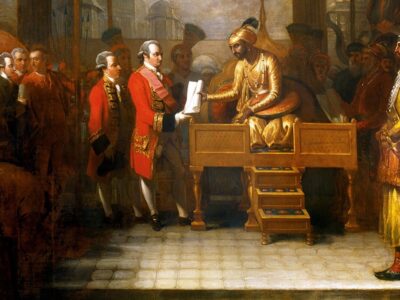
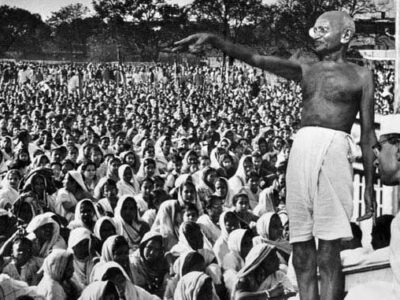

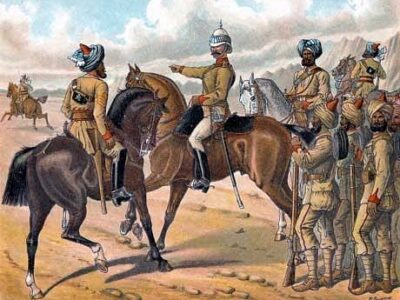
A Demographic Shift
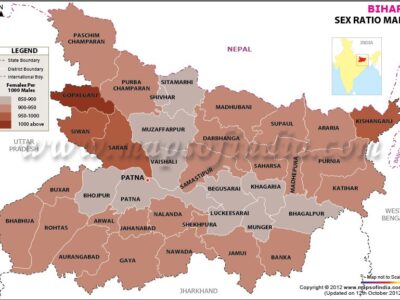
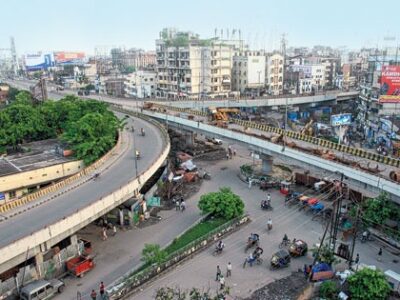
- With the advent of new rulers and growth in trade, Bihar showed signs of sharp demographic shift. With a population of 10 crore 40 lakh people as according to 2011 Census, Bihar has a total of 11.3 percent urban population and 88.7 percent rural population residing in the state. 25.4 percent is the growth in population in the last decade. The sex ratio is 1000:918 which is not a good indicator of equality. The district with best sex ratio is Gopalganj and the worst is Munger. Most dense district is sheohar while the least dense district is Kaimur. Geographically speaking the largest district is West Champaran and the least populated district it is to her the maximally populated district in the state is Patna while the minimum population in the district is . The maximum decade growth has been noted down by Madhepura whereas the minimum decade growth has been noted by Gopalganj. Bihar is the twelfth largest state in India only after Rajasthan, Madhya Pradesh, Maharashtra, Uttar Pradesh and Jammu and Kashmir. The population wise ranking of Bihar is third only after Uttar Pradesh and Maharashtra . The literacy rate is abysmally low in Bihar with 61.8 percent with the male literacy of 71.2 percent whereas female literacy is only 51 percent. The maximum literacy is in Rohtas district whereas the minimum in Purnia with 73.4 % and 51.1 % respectively.
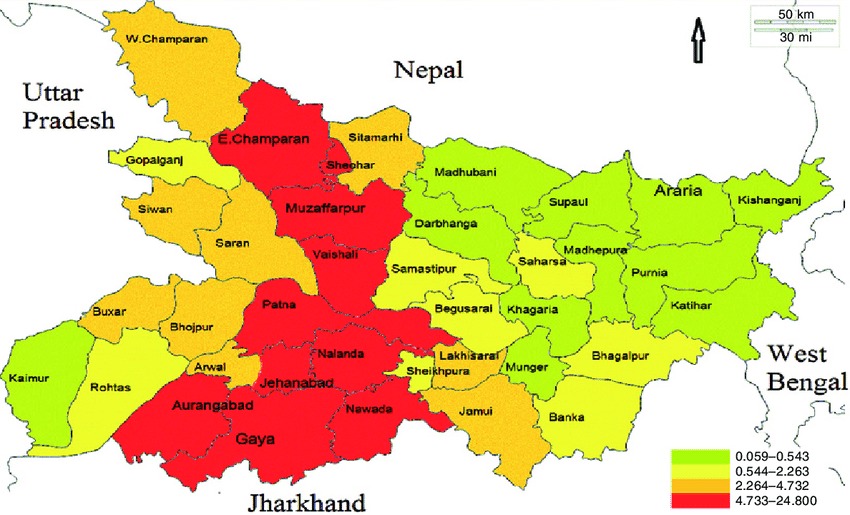
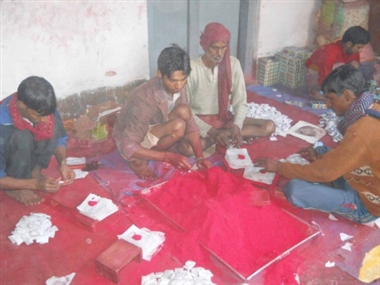

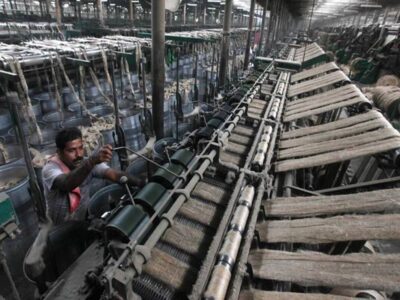
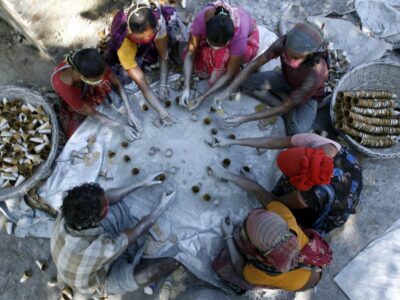


- The maximum rainfall is recorded in Kishanganj while minimum rainfall is recorded at Aurangabad. Maximum SC population resides in Gaya while minimum SC population resides in Sheohar. The maximum ST category population reside in West Champaran while the maximum SC category population reside in Sheohar. There are several industries in the districts of Bihar ranging from glass to tabacco to leather, fertilizer,Thermal Power, Sindoor industry, Silk, crackers, railway engine, Railway wheels, mining, iron Bharat Wagon and Engineering Company Limited at Mokama, plywood, jute, blanket, handicraft, utensil, cement, sugar and gold reserves are some resourceful sites in the geographic landscape of Bihar. There are multiple Wildlife sanctuaries and bird sanctuaries in Bihar like Bhimband wildlife sanctuary in Munger, Vikramshila Ganga dolphin sanctuary in Bhagalpur, Sanjay Gandhi Park in Patna, Parmar dolphin Araria, Kanwar Bird Sanctuary bird sanctuary in Jamui, Baksar bird sanctuary in Baksar, Gogabil Bird Sanctuary, Katihar, kulsekhar Bird Sanctuary in Darbhanga, Nakti Bird Sanctuary in Jamui, Valmikinagar wildlife at West Champaran. There are many renowned research centers, laboratories and observatories in Bihar such as National Litchi research Centre, Muzaffarpur that received GI tag for Shahi Litchi. National Fertilizers and drug Research Centre at Patna, Agriculture Research Centre at Mithapur, Patna, Fruit research Centre at Sabaur, Bhagalpur, Indira Gandhi Ayurvedic Research Centre at Patna, Rajendra Memorial Research Institute, Patna, Bihar research society, Patna and TB demonstration and training centre at Patna.
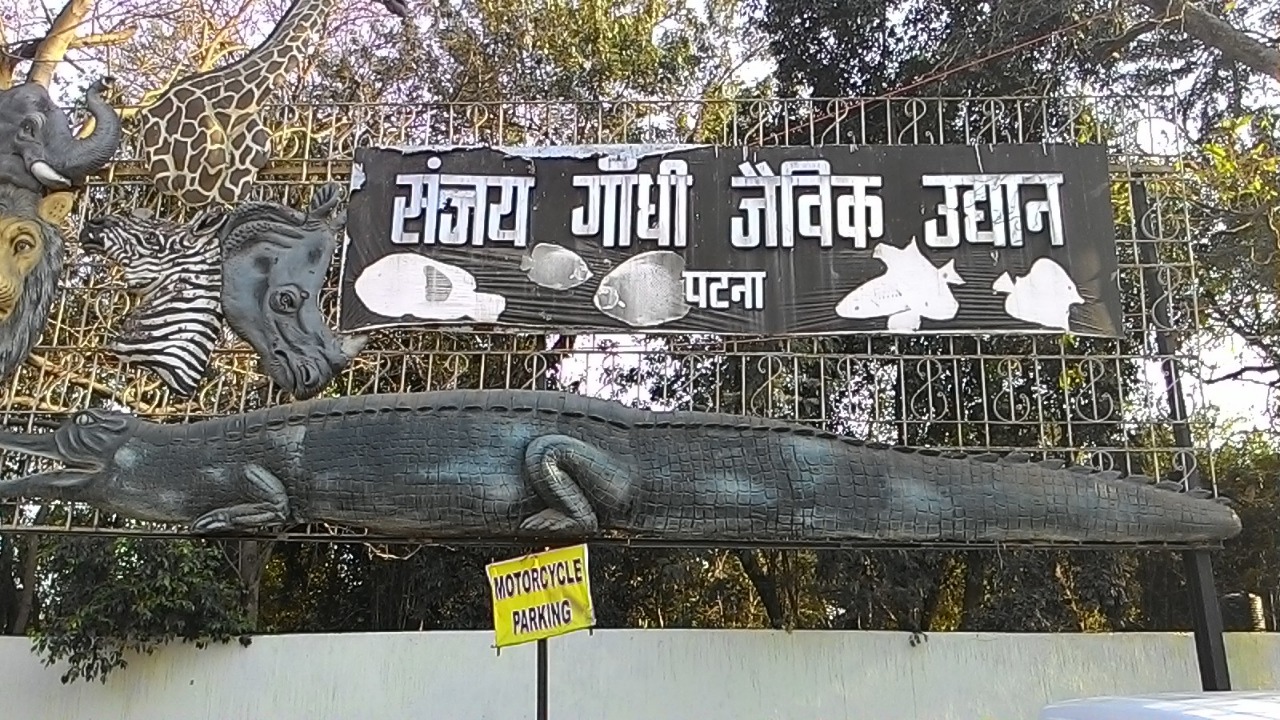

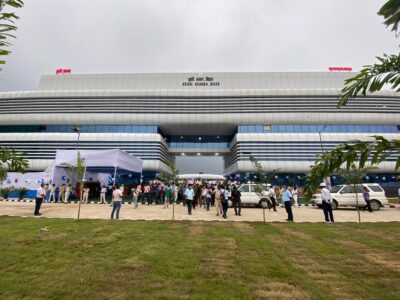

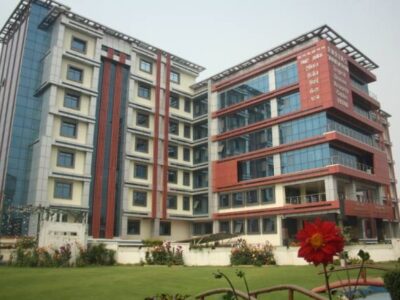


The Geographical Order
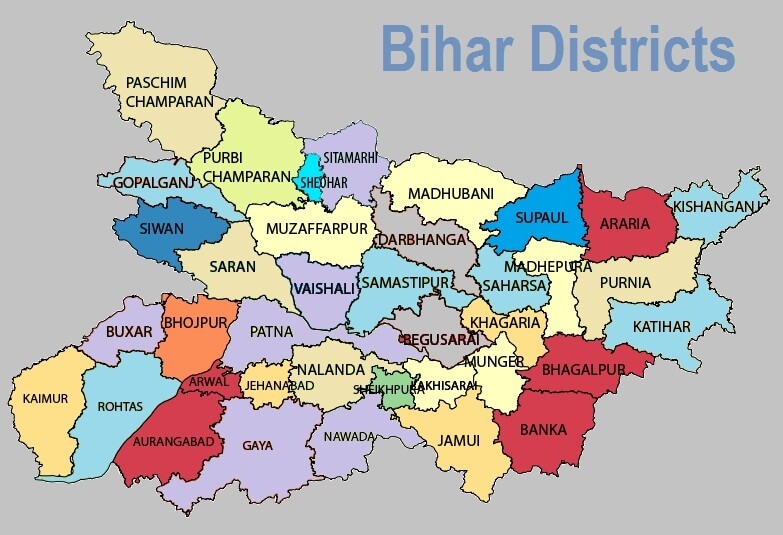
- Bihar has 38 districts presently with West Champaran from where Mahatma Gandhi started his struggle for freedom and headquarter as Bettiah. Another district, East Champaran and its headquarter at Motihari Sheohar, the smallest district which isr a landlocked area. Sitamarhi, Madhubani, Supaul, Araria, Kishanganj lie in the Nepal belt. In the Uttra Pradesh belt, Gopalganj, Siwan, Sharan, headquarter of Sharan is Chhapra, Bhojpur the headquarter is a Ara, Buxar, Kaimur the headquarter is Bhagava, Rohtas the headquarter is Ara. West Bengal belt is made up from districts Purnea, Katihar Bhagalpur, Munger, Munger is the capital where was the capital of Mir Qasim when he shifted it from Murshidabad to Munger so we can say that the capital of Kolkata was once Munger, Banka , Jamui, Lakhisarai, Begusarai, Samastipur, Saharsa, Madhepura, Darbhanga Vaishali headquarter is Hajipur, Patna, Muzaffarpur, Aurangabad.
Cultural Diversity
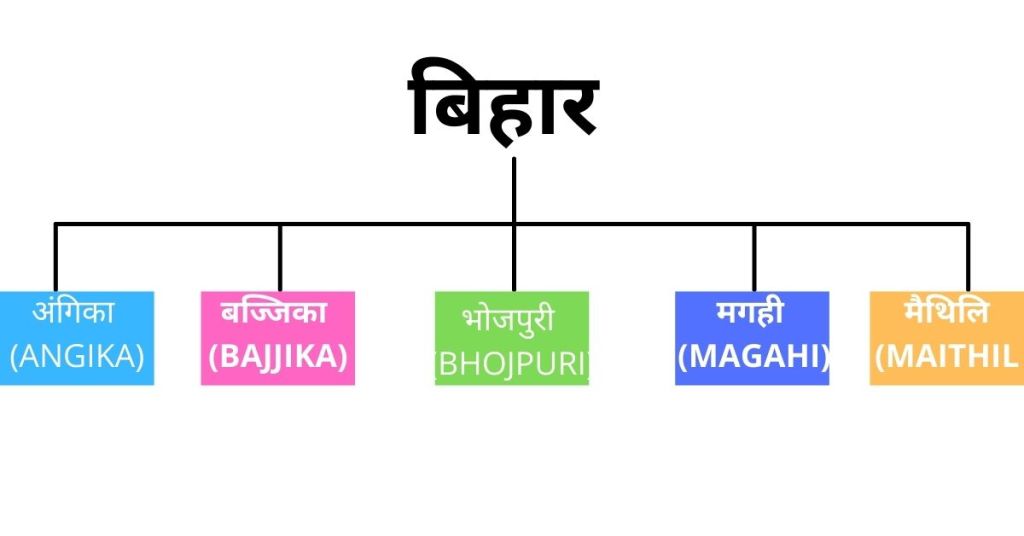
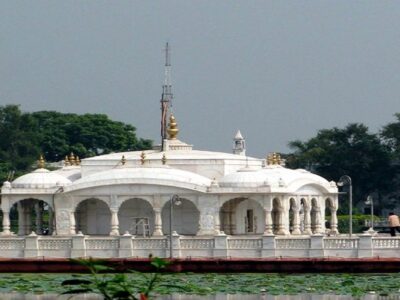



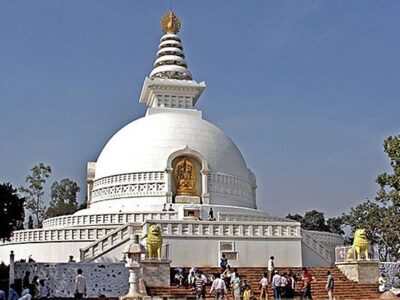
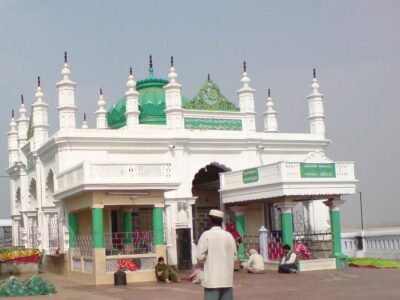

- The past of Bihari dates back to three millennia whose origins are of Indo-Aryan ethnic group. The people of Bihar had long been under the clutch of superstition but modern reasoning and logical thinking is making the way for a reasonable society with greater diversity. The Bihari languages include Magahi, Bajjika, Bhojpuri, Maithili, Hindi, and Urdu. The culture of Bihar since the birth of Mahavira at Kundagram, Vaishali, Bihar had a legacy of sacrifice and salvation. Udantpuri, Bihar Sharif was known for a university constructed by Dharmpal now known for the famous Dargah. At Vaishali, the Jain religion flourished and a second Buddhist council took place. Nalanda University, relics stupa after the death of Buddha. Sasaram is bestowed with Sher Shah Suri’s tomb. Rajgir and Bodhgaya are also equally important places as Pawapuri for the Jain religion followers. As the legend goes, it is said that Mahavir Swami left his body after acquiring knowledge at Pawapuri. Shadipur Mohalla of Patna was once a center of the Wahabi movement. Padari ki haveli is a Roman Catholic church of centuries. Holy Saviour Church of Arrah is also a historically important site. Vikramshila University, Dev – Devhar Sun temple, Bangaon East, an archeological site are some must-visit places for adventure and learning the past.
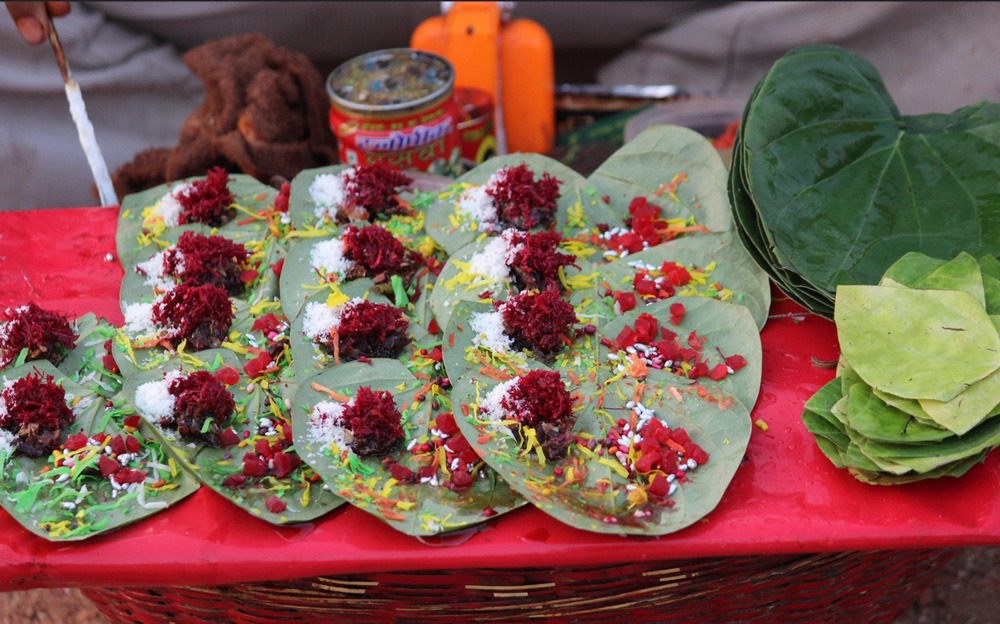
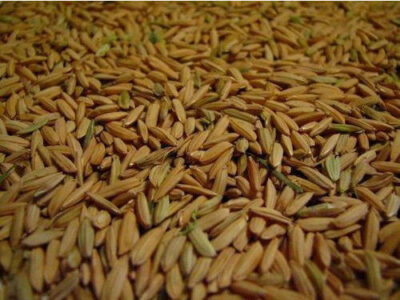

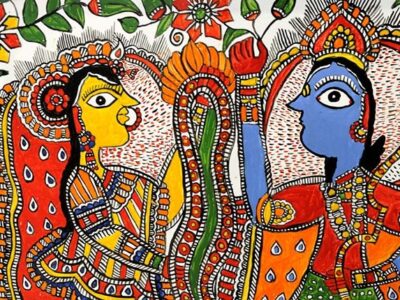
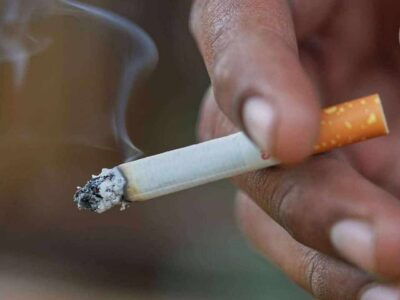
- Madhubani painting is referred to as the state painting of Biha, also called Mithila painting, and has certain awe-inspiring intricate designs and patterns from life forms. ‘Hriday’, an initiative by the government of India to identify 12 religious sites of India includes Gaya from Bihar. The Jhardalu Mango from Bhagalpur is very famous which is light yellow in color. Katarni Dhan is rice known for its length and distinct aromatic smell. Maghai Paan from Nawada District is very famous among tobacco consumers.
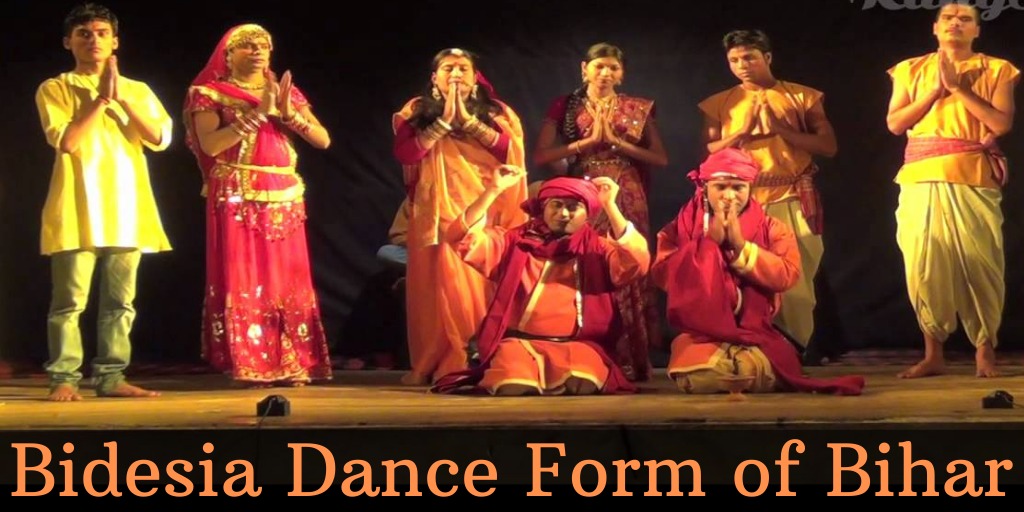
- There are some folk dances of Bihar namely Kalediya, vidyapati, Kajari dance, Jhijhian dance, Jumari dance, Dhobiya, Phagua, Pawadiya, Bakoli, Launda, Jogiya, Dhomchak, Bidesia Dance, Katarnariya, Jat-Jatni. Some folk songs from Bihar are Purvi, Lagni, Nachari, Paru geet, Dina bhadri, BijMahal, Sahlej, Lorigain, Gatha gat and Sanskar geet. There are some fair (Mela) in Bihar that are distinct and very famous such as

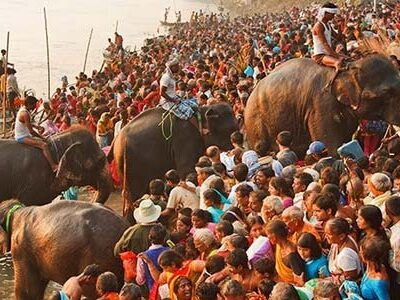
- Singheshwar Sthan Mela on Shivaratri at Madhepura. Mandar Mela on Makar Sankranti at Banka, Muzaffarpur Mela, a literature based fair in Muzaffarpur, Pitrapaksh Mela at Gaya, Bihar, Janki Navami Mela in the Chaitra month Shukla patrapada Navami at Sitamarhi. Vaishali Mela is a Jain Mela at Jain Dharmavilambi. Saurath Mela at Madhubani is particularly famous in the Bihar region. Sonepur Mela also known as Harihar Mela at Sonepur is the largest animal/ cattle fair in the world. Gaya is the largest tourist destination in the state. Bhavai is the first dance of Bihar.
- In the year 2017 Sahitya Academy was revered to Ramchandra Manjhi from Bihar for his remarkable contribution to literature from Bihar. Bhojpuri is spoken frequently in western Bihar and Eastern UP. Bhikhari Thakur, Rajveer Nath, and Mahendra Mishra are some Bhojpuri language exponents. Maithili in the Mithilanchal region and the Ferb division of the Darbhanga area. The exponents of the Maithili language are Lakshmi Narayan Pathak, Shridhar Mishra, Yogeshwar Singh Yogesh. Maghai is spoken in the Central Bihar region.
- The first movie that was made in Bihar in its local dialect was in 1931 and the name of the movie was ‘Punar Milan’. ‘Balam Pardesia‘ was the first Bhojpuri movie. Manoj Tiwari, Ravi Kishan, Sudip Pandey, Chhaila Bihari are some renowned artists from Bihar. ‘Kanyadaan‘ was the first movie in the Maithili language. First Magahi movie was ‘Maya’ in 1964.
Heritage
Top 13 Historical Places in Bihar
Nalanda University

A Mahavihara of ancient times and a significant Buddhist seat of academic excellence and a modest pilgrim center, all wrapped in a wisp of eternal bliss and spirituality.
Golghar, Patna

- Golghar, in the city of Patna, is the symbol of simplicity and charm which is an amalgamates history and natural beauty. It was built in 1786 by Captain John Garstin with the purpose of serving as a storehouse.
3. Mahatma Gandhi Setu, Patna

- The second-longest river bridge in India, named after ‘Bapu’, the Mahatma Gandhi Setu in Bihar extends over the scared river Gange for 5.7 kilometers.
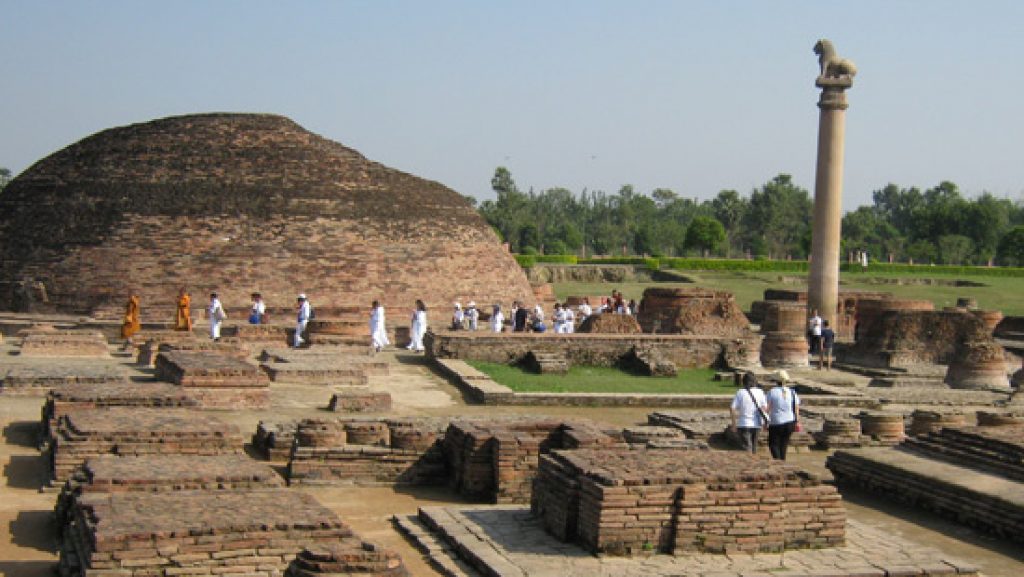
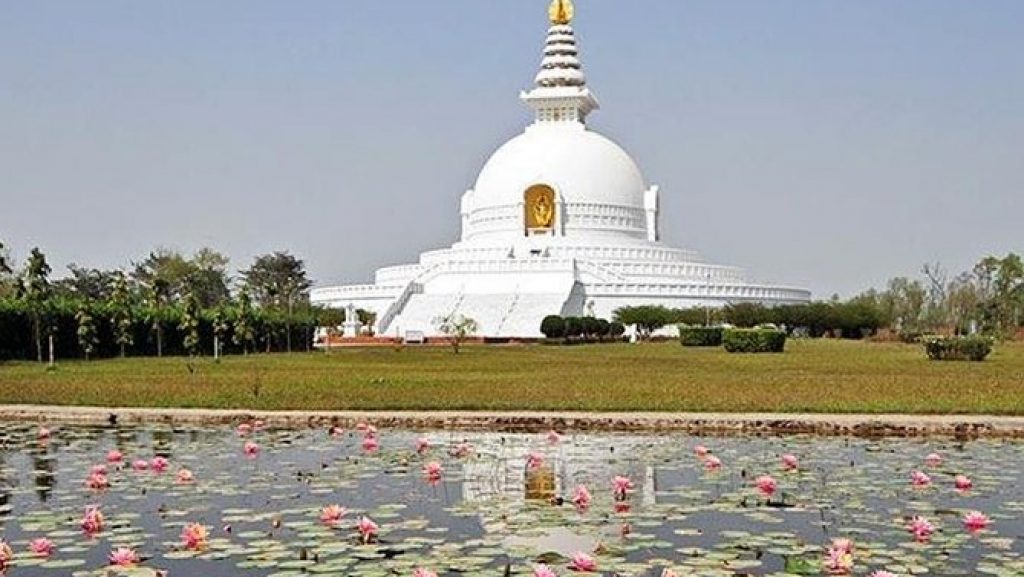
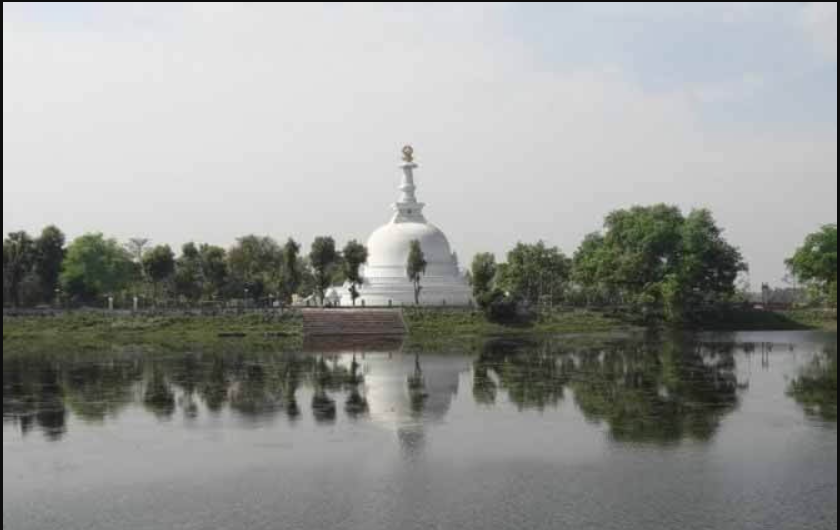
- A part of the central Bihar district, Vaishali, is also a revered Hindu, Buddhist and Jain worshipping site. It is the city where Lord Mahavir was born. It is also the city where Buddha delivered his last sermon.
5. Mahabodhi Temple/ Great Buddha Statue/ Tibetan Refugee Market
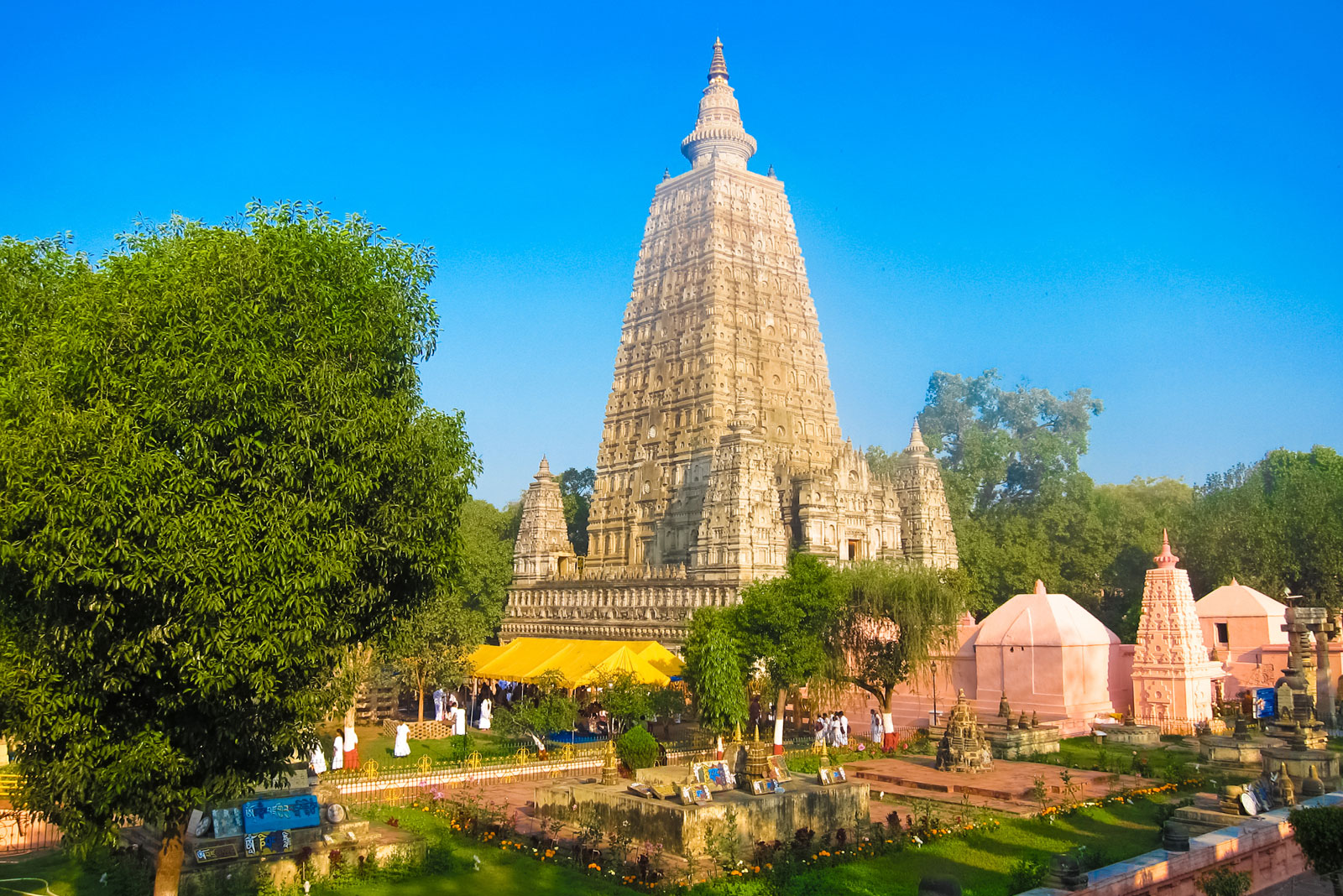
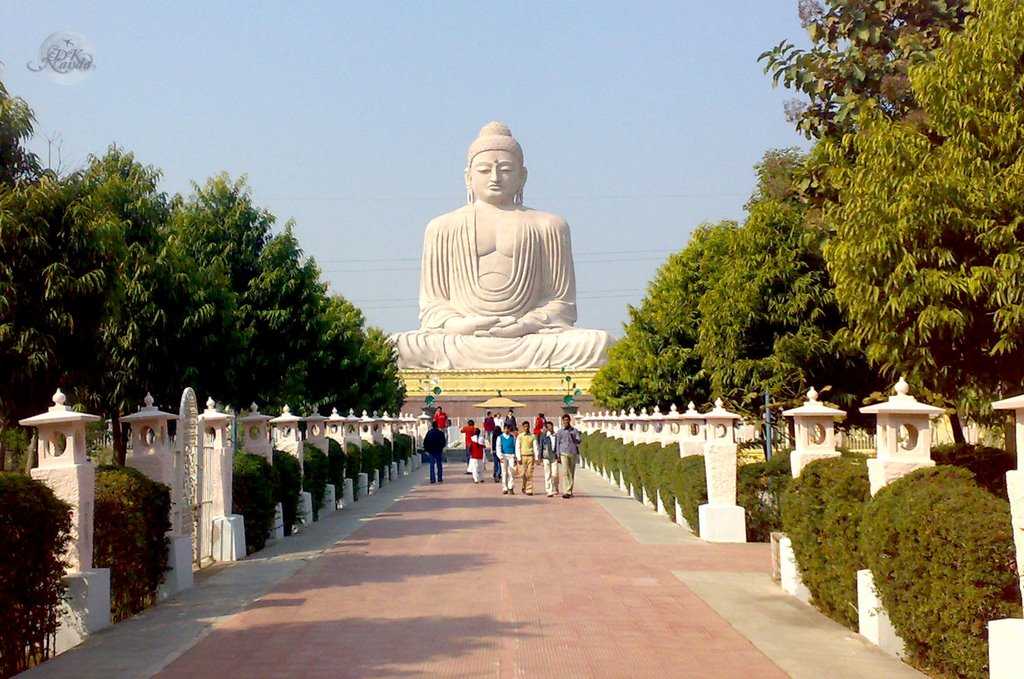
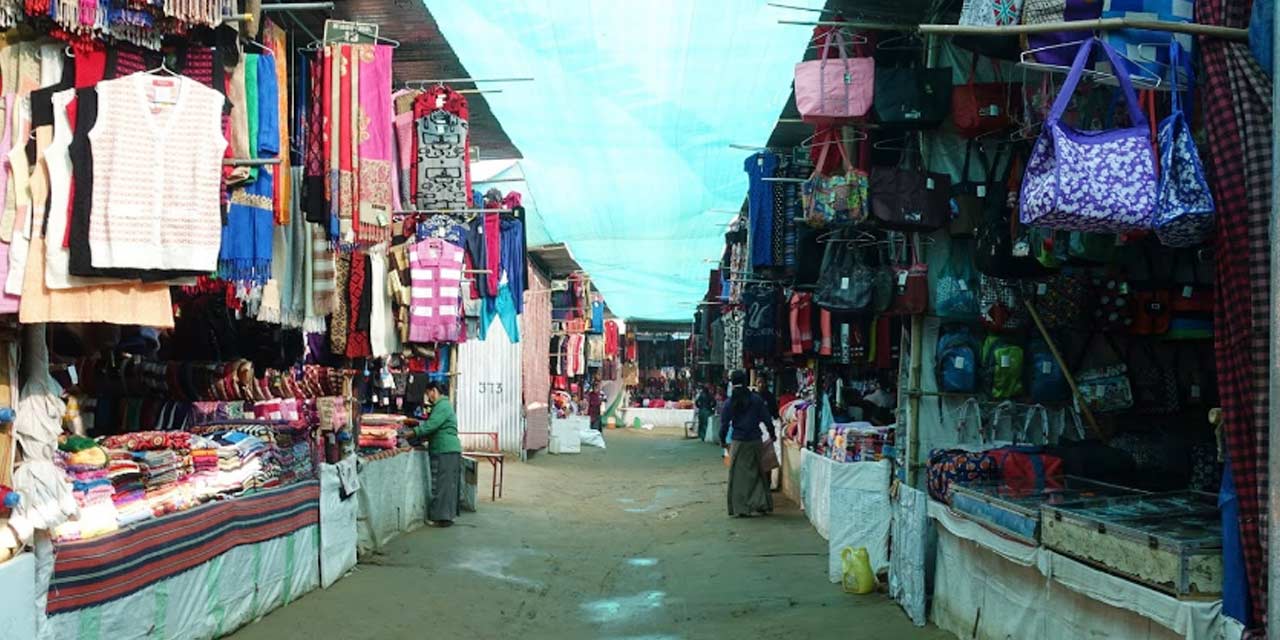
An important pilgrimage site for Buddhists, Bodhgaya is a village in the state of Bihar. Under the Bodhi tree, Gautama Buddha attained enlightenment. The bustling of pilgrims at this holy destination marks the significance of the Mahabodhi Temple in Buddhism.
Venuvana / Japanese Stupa/ Vulture’s Peak or Griddhakuta

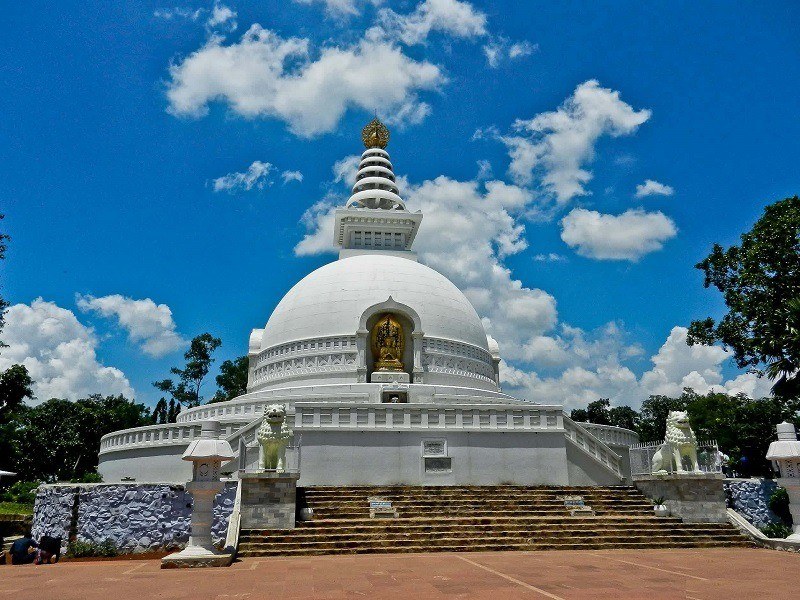
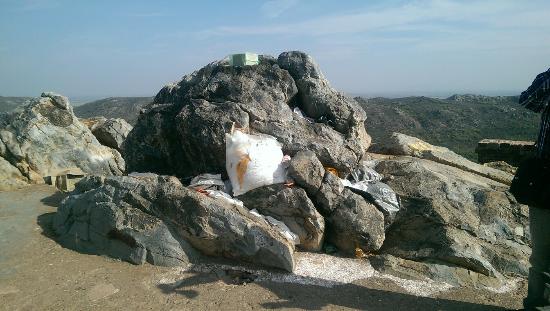
- Rajgir holds a pure tint of spirituality and vibrant hues of history with links with dual religions, Buddhism and Jainism.
7. Hajipur, Bihar
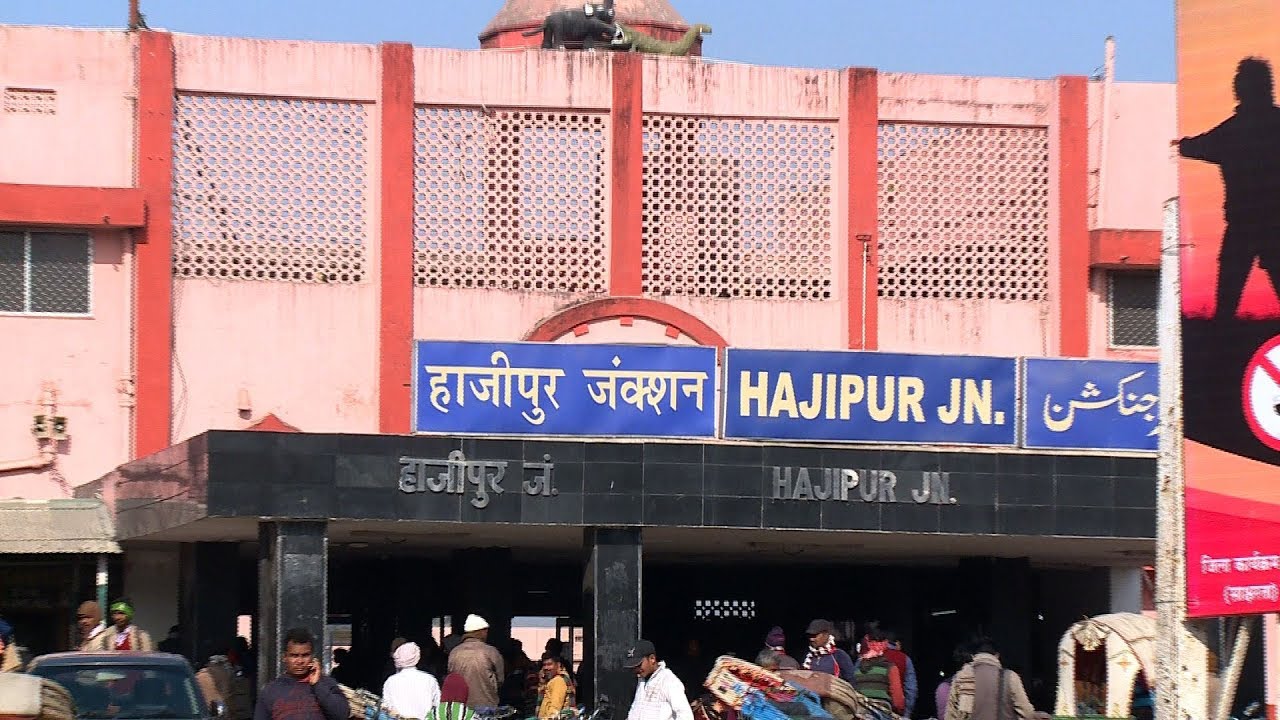
- Headquarter to Vaishali, Hajipur, is one of those cities of India is considered ancient as the land of Lord Buddha, where Lord Gautama Buddha decided upon his final resting – nirvana after bodily death.
8. Lauriya Nandangarh, Bettiah
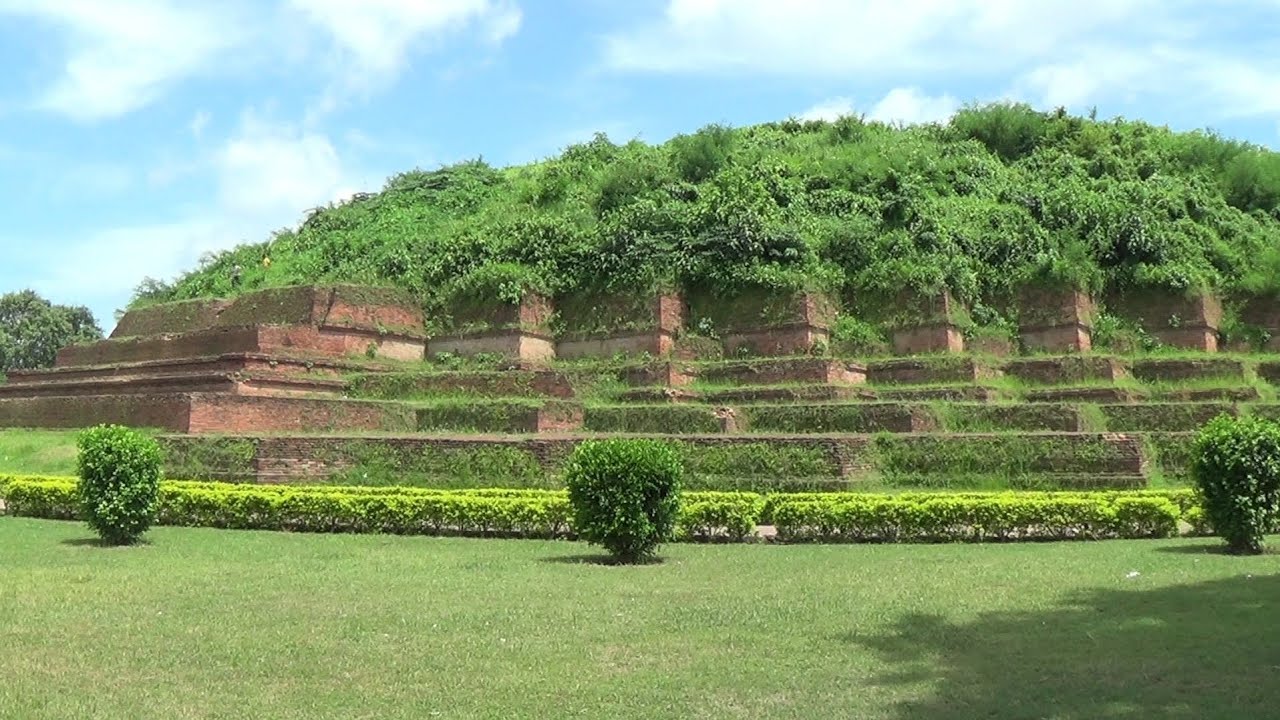
- Lauriya Nandangarh is particularly famous for its beautifully architected Ashokan. It is also a site for about 20 archaeological banks organized in three rows.
9. Hiuen tsang Memorial Hall, Patna
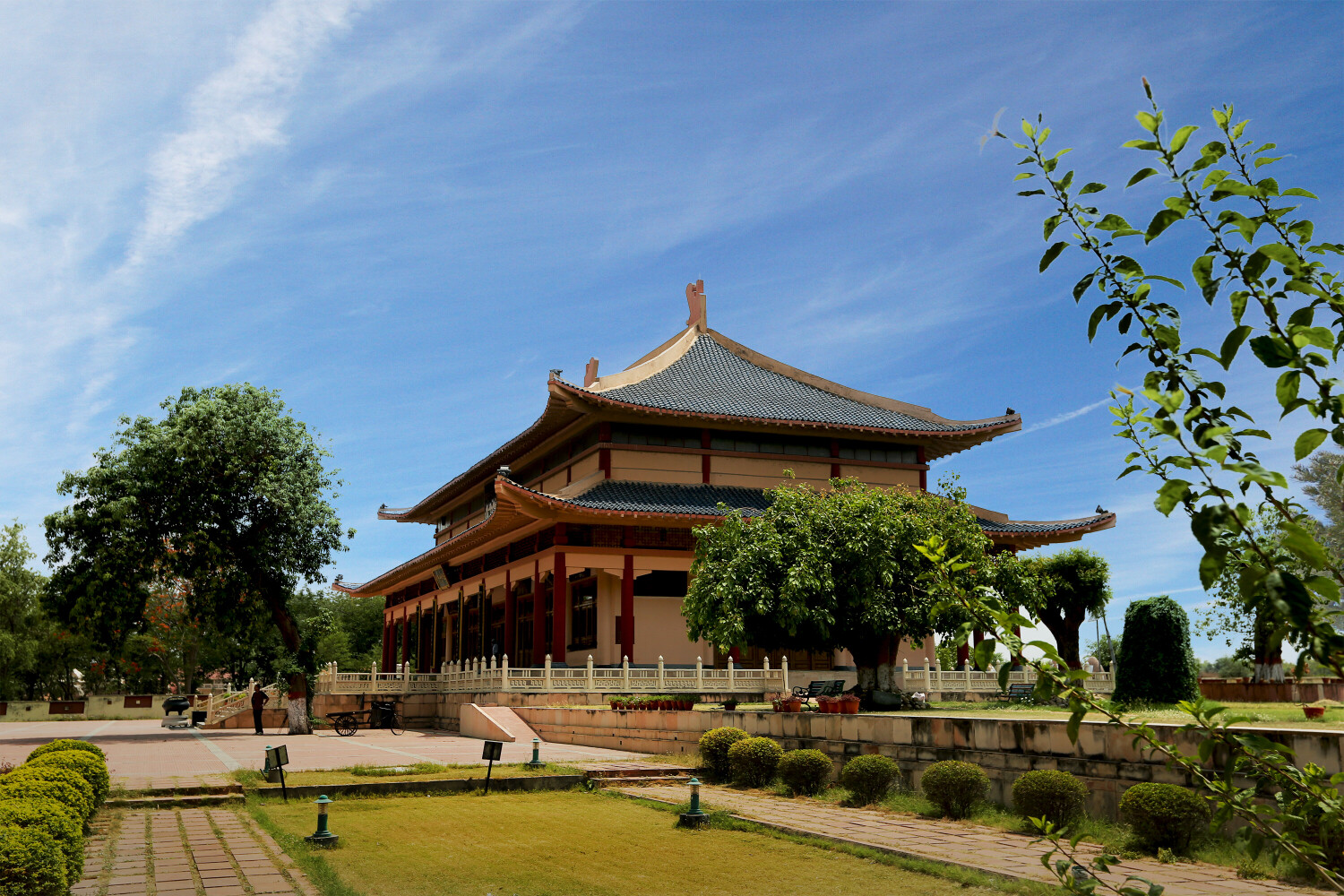
- A solemn dedication to the Chinese scholar Hiuen Tsang, the memorial distinctively reminds of the architectural style of the Nalanda University.
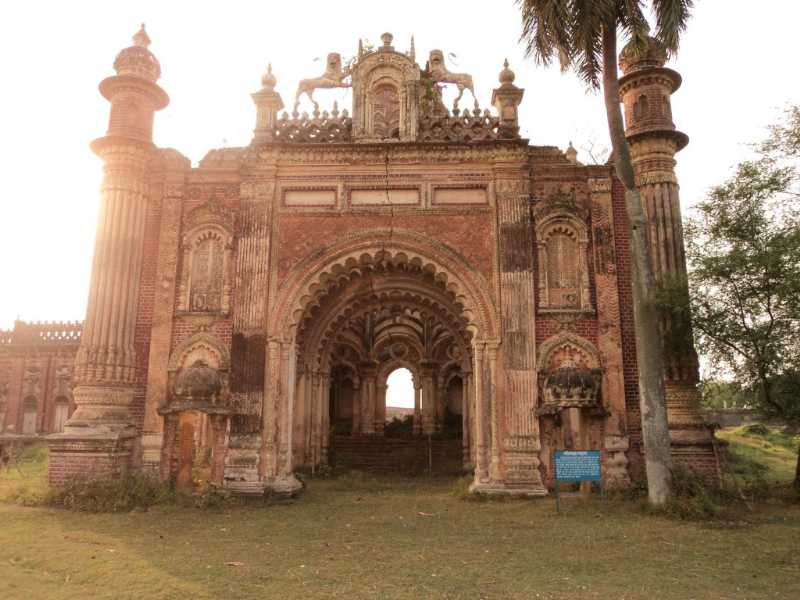
- Nagar fort was constructed by Maharaja Shri Rameshwar Singh, the Nagar fort is popularly known as the Naulakha Palace, now used as a royal residence to the Royal family.

- Ajatshatru, the ruler of the Magadha’s in 6th Century B.C who imprisoned his father Bimbisar in jail inside this fort after he took the throne.
12. Chariot tracks, Rajgir

- Two parallel furrows cut into the rocks and are believed to have been made by Lord Krishna’s chariot makes the site a place of worship and amazement.
13. Kumhrar (ancient Patliputra), Patna
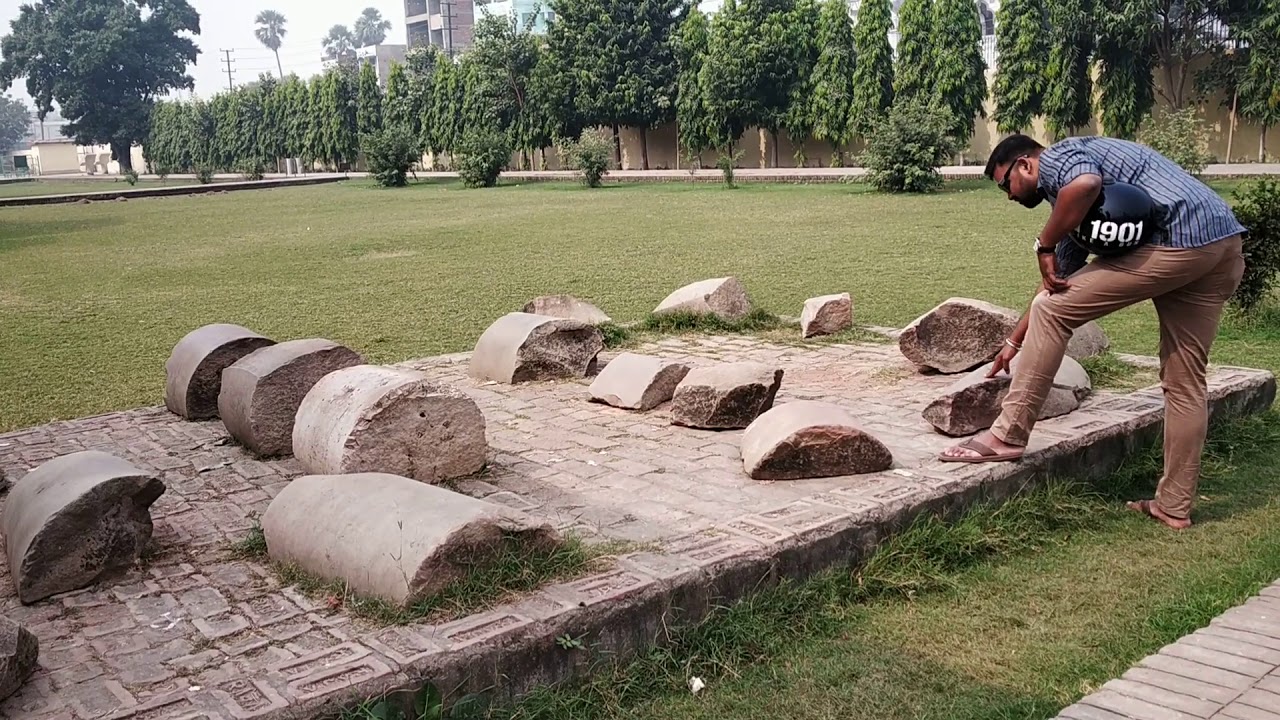
- Kumhrar, an ancient city where multiple excavation operations have to unearth ruins like the Assembly Hall, Anand Bihar, Arogya Vihar and the Durakhi Devi Temple.
Religious Denominations
Bihar finds mention in the Vedas, Puranas, Epics etc and was the main arena of Buddha and the 24 Jain Tirthankaras tales. The hermitages of ancient monastic orders cluster in the plains and hill sides of Bihar mainland. The teachings of Lord Buddha and Lord Mahavira, deeply engraved in the enduring ruins and relics ring down the beauty of antiquity. Religion is the basic concept that plays pivotal role in the day to day life of the people. Besides prominent ones like Hinduism, Buddhism and Jainism, other religions like Islam, Christianity, Sikhism etc are also religion in Bihar found here.
- The Hindus, being the largest religious community in Bihar are involved in rituals and ceremonies, celebrating festivals, making pilgrimages, constructing temples, reading the religious epics and chanting the mantras.
- The Hinduism of the masses is chiefly characterized by polytheism which has given rise to many cults such as Shakta, Shaivism, Vaishnavism etc. Each cult and sect has its own special deity, but all combine to revere other deities of the Hindu pantheon and join in their worship.
- The working religion of the peasant’s everyday life consists of the propitiation of his ‘Ishta Devata’ (Favourite deity), ghosts (Bhuts) and spirits (Prets), in order that they may not afflict their worshippers or may grant them material blessings. Ritualistic greeting of the rising sun and the ceremonial morning and the evening ablutions are widely observed by all devout Brahmins.
- Bihar is not only known as the cradle of Buddhism but also of Jainism. Also, the Guru Gobind Singh birthplace was in Patna so its an essential location for Sikhs globally. Buddhist and tourists from around the world flock to Bihar’s iconic Buddhist sites. After 49 days of deep meditation under a peepal tree, the former Prince Siddhartha attained enlightenment or nirvana and was transformed into the ‘Buddha.’
Cuisines Of Bihar
- Bihari cuisine is a land of variety of tastes and flavour which is eaten mainly in the eastern Indian state of Bihar, as well as in the places where people originating from the state of Bihar have settled. The Bihari cuisine includes Bhojpuri cuisine, Maithil cuisine and Magahi cuisine.
- The cuisine of Bihar shares a close similarity to North Indian cuisine and East Indian cuisines. However, it is highly seasonal where different foods items are consumed such per choice. Watermelon and sharbat made from the pulp of the wood-apple are consumed in summer while preparations made of sesame seeds and poppy seeds are a trend in the winters.
- Litti Chokha, a baked salted wheat-flour cake filled with Sattu (baked chickpea flour) and flavoured spices served with Baigan Bharta, made of roasted eggplant (brinjal) and tomatoes is all time delicacy from among Biharis. Dahi (yogurt), spiced buttermilk (known as mattha), ghee, lassi and butter are famous dairy products famous among foodies from Bihar.
- For non-vegetarians, Bihar has a variety of meat dishes; chicken and mutton being the most common. Fish dishes are especially common in the Mithila region of North Bihar due to the number of rivers, such as the Sone, Gandak, Ganges and Koshi. Saalan is a popular mutton dish with cubed potatoes in garam masala. Dalpuri, a salted wheat-flour bread, filled with boiled, crushed, and fried gram pulses, is another popular dish in Bihar.
- Malpua is a sweet dish of Bihar, prepared by a mixture of maida, milk, bananas, cashew nuts, peanuts, raisins, sugar, water, and green cardamom mostly during festivities and special occasions. During the festival of Chhath, Thekua, a sweet dish made of ghee, jaggery, and whole-meal flour, flavoured with aniseed, is made is particularly a famously popular in Bihar.
Attires Of Bihar
- The traditional dress of Bihari people consists of dhoti-kurta for men and vibrant coloured saree for women. Although, an effect of western culture have also affected the lives of the people of Bihar as western shirts and trousers are becoming popular among the both rural and urban male population and salwar kameez for women in Urban Bihar. Hindu men prefers to prefer a dhoti, an Indian loin cloth, a muslim wears a lungi, kind of a petticoat or pyjama and on upper body usually a kurtas or t-shirts. A true amalgamation of East meets West.
- Costumes of Bihar are known for their handwoven textiles. Tussar Silk sarees at a forefront is an unique identity of Bihar’s fashion. The Sarees have evolved drastically over the civilizations both in its make and drapery. Evidence found clearly states that women in the Indus valley civilization used to cover themselves with a long piece of cloth draped like a trouser.
- Western shirts and trousers are becoming common among the people of Bihar, traditional attire is always close to their senses. Women usually wear sarees with “seedha aanchal style”. In Mithila, a unique part of a man’s dress is the Paag, which is a turban whose color symbolizes the status the men in Bihari society.
- Saree has become a much sought after attire, not only for the women of India but for the women living in different parts of the world. On special occasions, men in Bihar prefer specially stitched lavish sherwanis or kurtas with churidar pyjamas matched with traditional jewellery. Women use to wear heavy embroidered sarees which they have kept aside for special occasions and ceremonies along with dramatic make up and ornaments, which is also a sign of prosperity.
- The draping a sari differs from place to place. As accessories, Chandrahar, Tilri, Panchlari, Satlari and Sikri are the commonly popular accessories that a Bihari women uses. The passion for adornments with bangles, rings for hands and anklets is very pleasing to women. Among mens, groom wear bala or bali (bangles) in Shahabads, Patna and Gaya. The beaded necklaces are a new trend these days.
Festivals Of Bihar
Bihar, the land were many attained salvation, wholeheartedly celebrates festivals like Durga Puja, Bhaiya Dooj, Holi, Saraswati Puja, Raksha Bandhan etc. But there are a few festival that is uniquely associated with the state of Bihar.
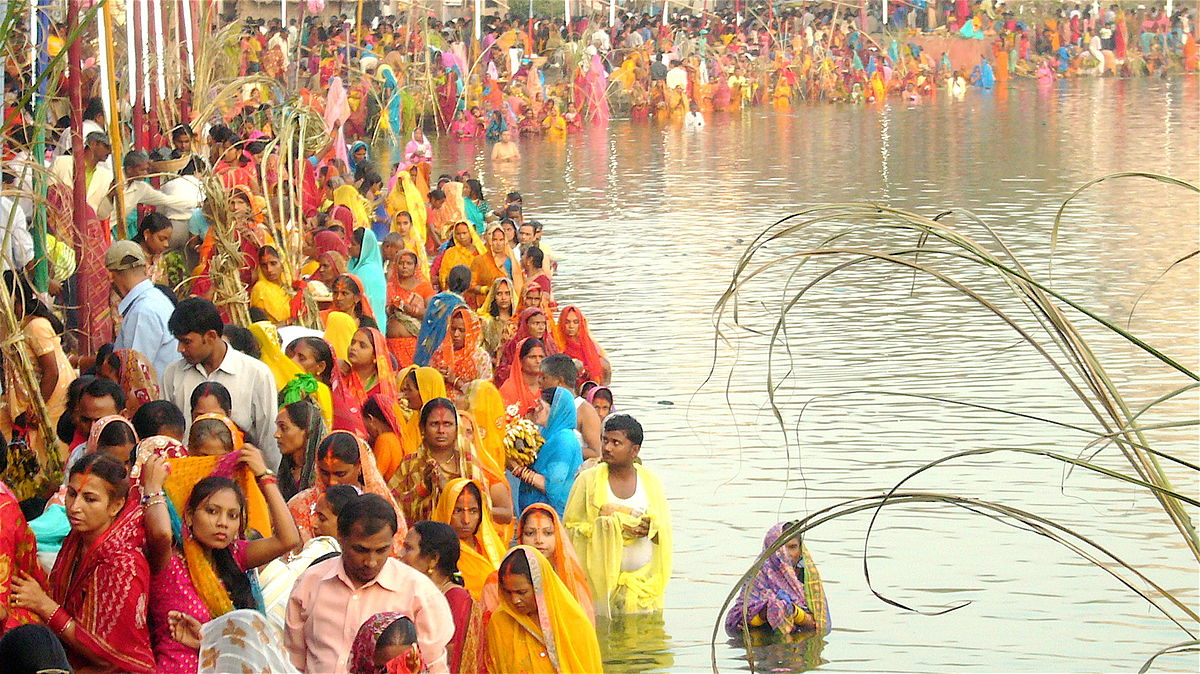
- ‘Mahaparv‘ as it is called Chatth is the most famous festival of this State. When one hears the name of this sacred practice, Bihar is the first place in everyone’s mind. It is an ancient Hindu festival dedicated to the Sun God Surya and begins 6 days after Diwali. It is an expression of thanksgiving and seeking blessings from the Almighty for sustaining life on the Earth, our abode. During this festival, the observer in Chatth, called Parvati, observes a fast from dawn to dusk. The fast is followed by another fast for 36 hours till the final day, when prayer starts at the river, before sunrise. One can witness thousands of devotees standing in the river offering prayers. Chhat Puja witnesses the devotion in its true sense.
2. Sama Chakeva

- In the winter season, when the birds migrate from the Himalayas to the plains, Sama-Chakeva is celebrated. This festival is a special occasion in the region of Mithila which marks the brother-sister relationship. It starts with welcoming the pair of birds Sama- Chakeva. The girls make an idol of the birds and decorate them in their own traditional depictions. After this, the festivities are enjoyed with splendour that ends with the Vidaai of the Sama, with a wish that these birds return to the land the next year.
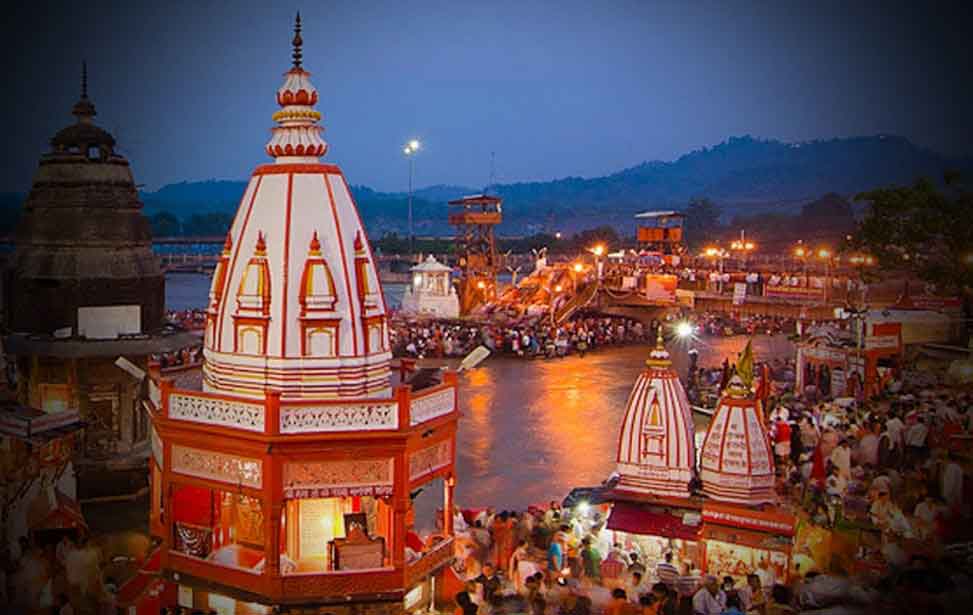
- This festival of coming together is observed every during the month of Shravan. An important month-long ritual is observed in the towns of Deogarh and Sultanganj. The devotees who take part, known as Kanwarias, wear saffron-colored attair and collect sacred water from the sacred Ghats at Sultanganj. They then walk barefoot on the 108 km long stretch to Deogarh to bathe the sacred Shiva-linga, a form of Lord Shiva. This festival draws thousands of people from all around the country every year to embrace the essence of devotion.
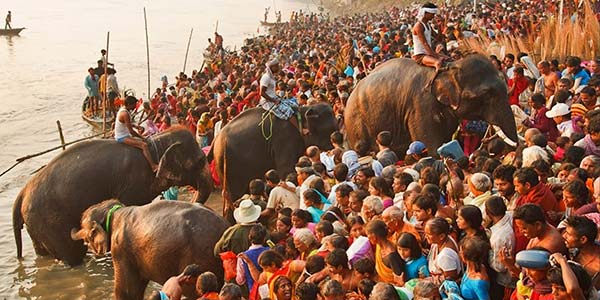
- The Sonepur cattle fair in Bihar has its root in ancient mythology and folklore and is Asia’s largest cattle fair which takes place in the town of Sonepur in Bihar. It is held on Kartik Purnima, an auspicious first full moon after the festival of Diwali. Domestic cattle like an elephant, camel, sheep, horse, and birds are brought and sold. A varied range of handicrafts and handloom stalls are on display along with the fascinating shows and dances attracting a large number of foreign tourists each year.
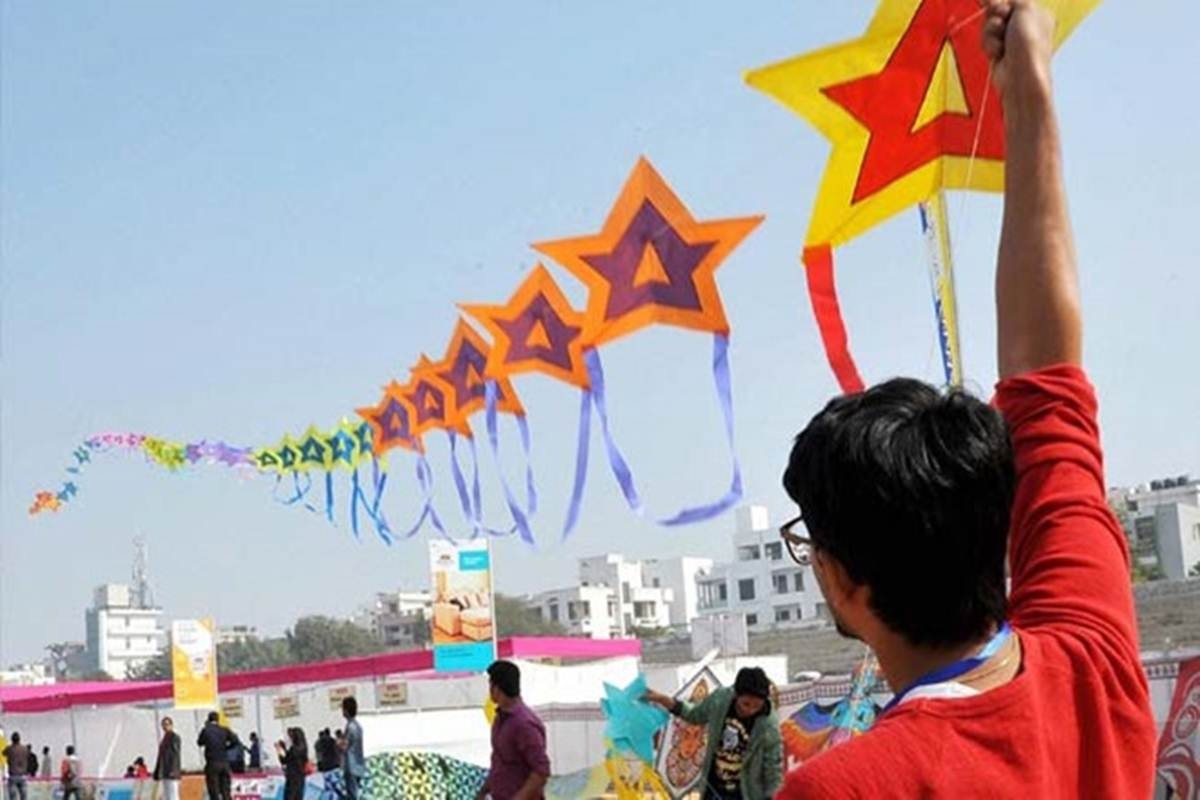
- The Makar Sankranti Mela is held yearly at Rajgir in January. The devotees make a floral offering to the deities in the shrine and take a dip in the holy water. Another site associated with this festival is the Mandar Hills in the Banka district. According to legends, a demon once threatened the gods. Lord Vishnu cut off the Asura’s head and piled up the body under the weight of the Mandar hill. The famous Panchjanya – the Sankh (conch shell) used in the Mahabharat war is believed to have been found here on the hills. This makes the legend and festival rather famous in the state.
6. Pitrapaksha Mela
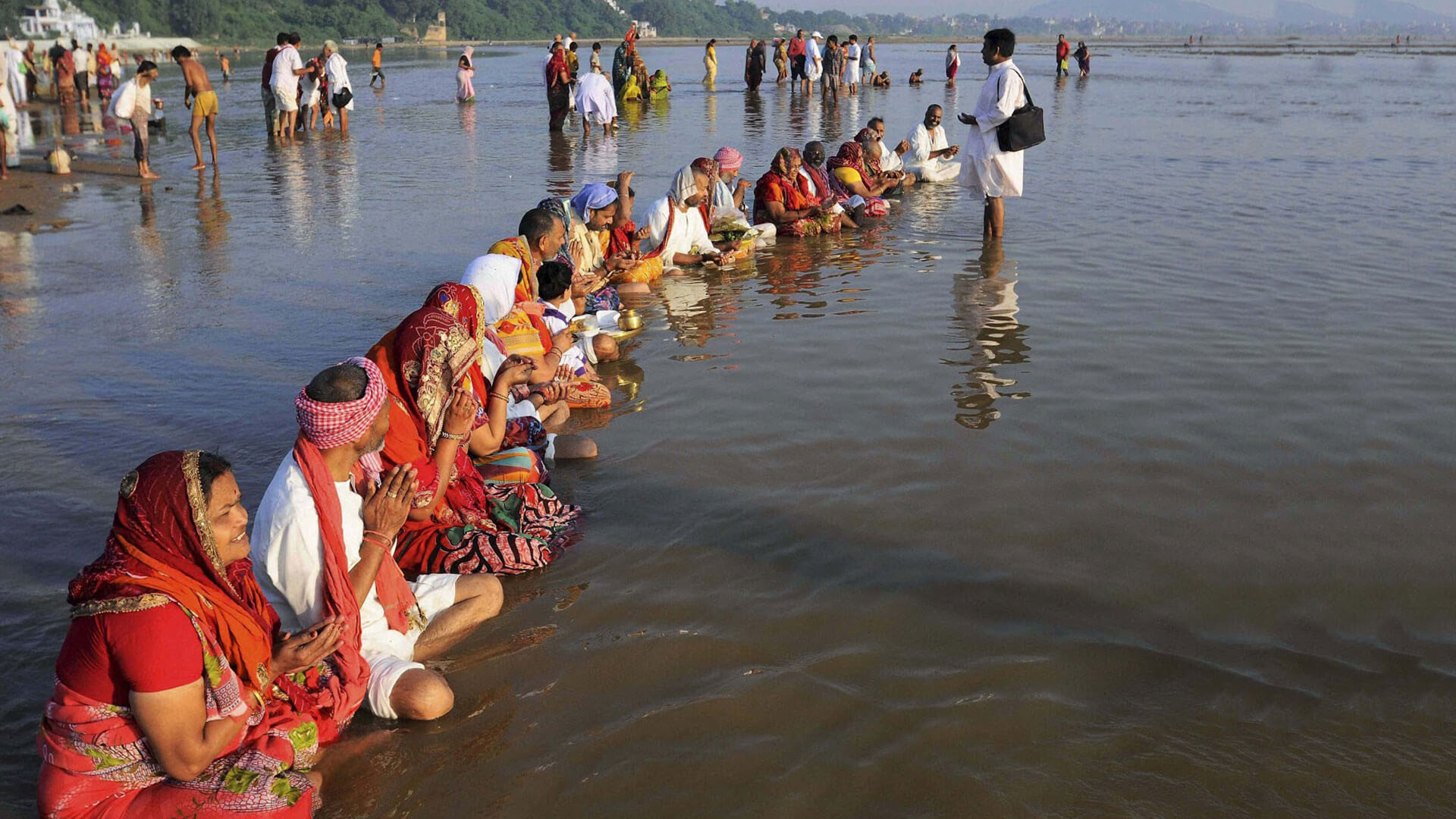
- Held in Gaya on a yearly basis in the month of September. In this fair, people from all parts of the country come to worship their ancestors as part of the Shraddha ritual. The gayalis, descendants of the Magga Brahmans perform the Shraddha ceremony. This is a mandatory Hindu ritual that is believed to bring salvation to the departed soul. This tradition traces back to the Buddha, who is believed to have performed the first pindan here.
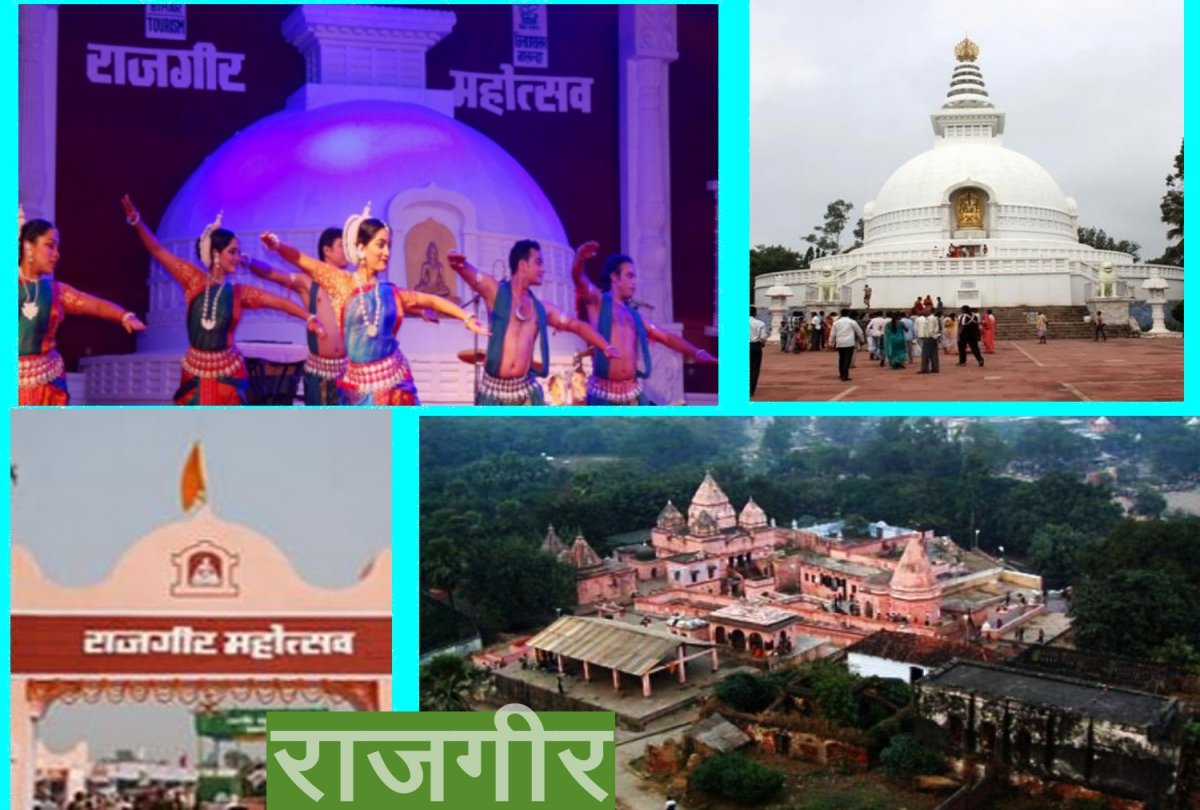
- Rajgir is the ancient capital of the Magadhan Empire in Bihar and is said to be sacred by Jains and Buddhists for its long association with Buddha and Mahavira. A Rajgir Mahotsav is held every year by the Department of Tourism, Bihar. It is a colorful festival of dance and music. A serene atmosphere is created here with instrumental music, devotional songs, opera, folk dance, ballet, and other dance and art forms. This festival held in the last week of October attracts a good number of tourists from around the globe.
8. Bihula
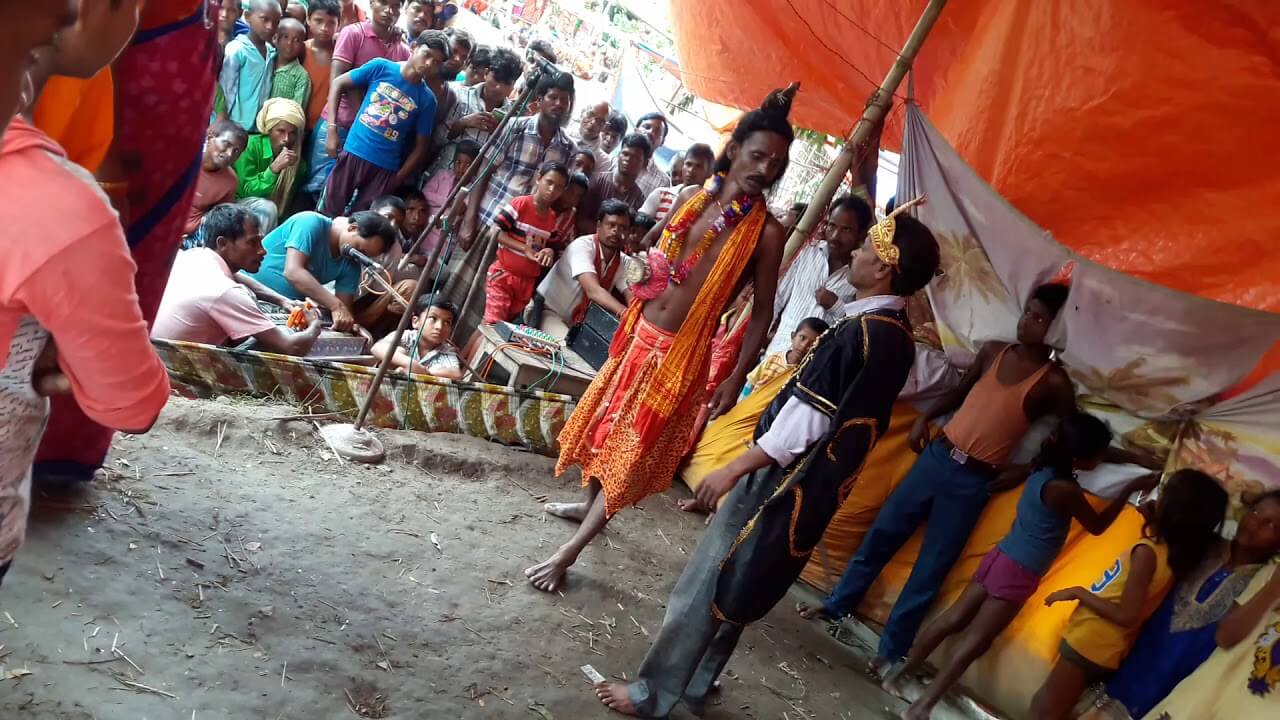
- The Bihula festival is mainly prominent in the Bhagalpur district of Bihar. This festival is particularly popular in the eastern region of Bihar and has a variety of myths associated with it. People pray to the Mansa Devi to protect their families. This festival is held during the month of August each year. The festival celebrates the brilliant Manjusha Art, which is as magnificent as other art forms found in Bihar.

- The Buddha Jayanti is celebrated during the month of May, on the Baisakh Purnima (full moon day). It is believed that Buddha was born, enlightened, and passed away on the same full moon day. Thus, the festival Buddha Jayanti came to be celebrated. Widely celebrated in the town Bodh Gaya and Rajgir from southern Bihar. This day marks the day of prayer and celebration at the Mahabodhi Temple.
Top 13 Interesting Facts About Bihar
The name ‘Bihar’ has been taken from the Buddhist religious places ‘Vihar’ also known as a place of stay or shelter for Buddhist monks.
Bihar celebrates its foundation day as ‘Bihar Diwas’ on 22nd March each year.
1st April 1921, marks the date when got Bihar started working as an independent state.
On 15th November 2003, Jharkhand as a state was divided and carved out of Bihar.
The primary language in Bihar is Hindi and the secondary language is Urdu.
Sparrow is the state bird of Bihar.
The peepal tree is the state tree of Bihar and is also used as the state symbol in the official logo of Bihar state.
Chhath is celebrated as Mahaparv (Mega festival) of Bihar and is considered the most sacred of all religious festivities among Biharis.
Bihar has one of the most complex river systems in India with Ganga, Bagmati, Gandak, Mahanadi, and Kosi as the main rivers. Ganga, Ghaghara, and Gandak form boundaries with UP in some parts. Sone river forms a boundary with Jharkhand in Rohtas district.
Sarat Chandra Chattopadhyay derived the character and authored the epic movie of Bollywood ‘Devdas‘ comes from Bhagalpur district of Bihar.
The Gross State Domestic Product (GSDP) of Bihar for 2021-22 (at current prices) is projected to be Rs 7,57,026 crore. This is an annual increase of 11% over the GSDP in 2019-20.
Shri Krishna Singh was the first CM of Bihar in independent India.
Mohammad Yunus (4 May 1884 – 13 May 1952) was the first Premier of Bihar province in British India.



